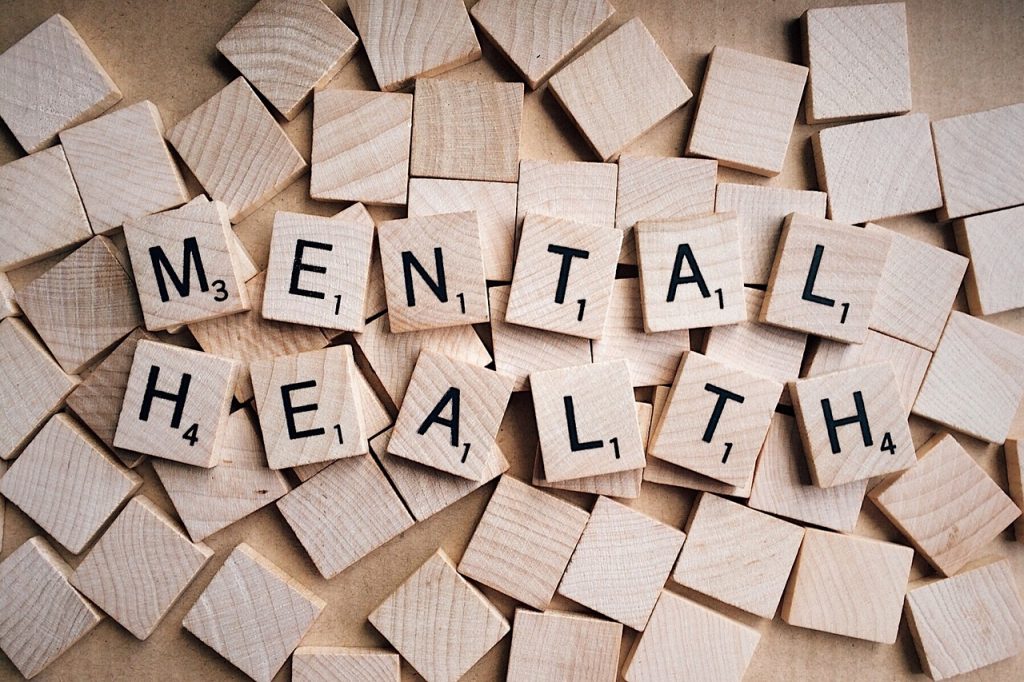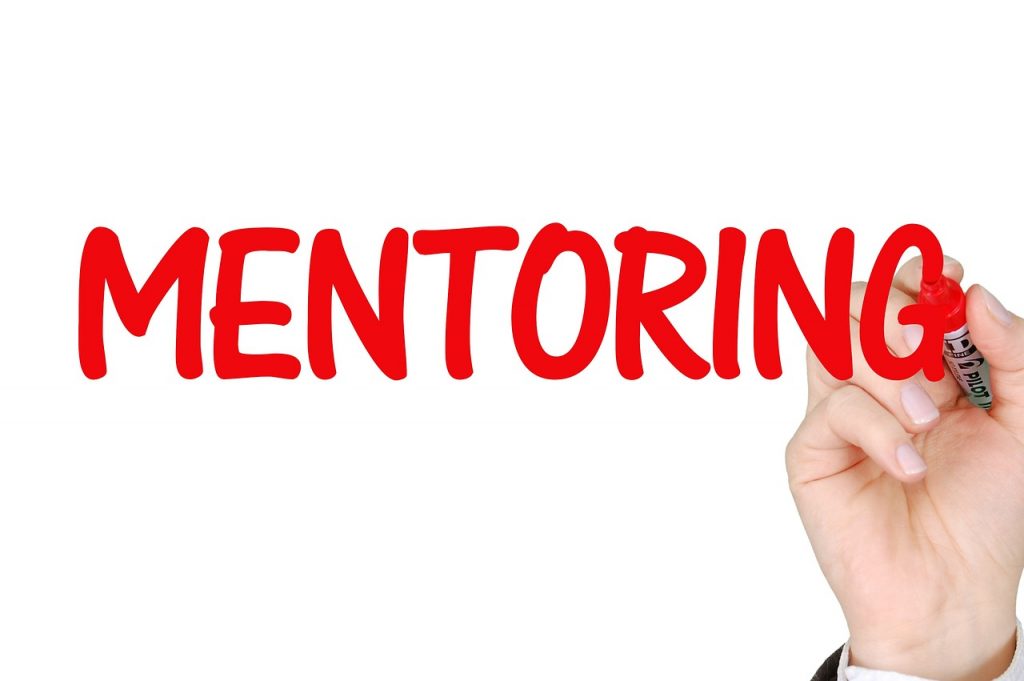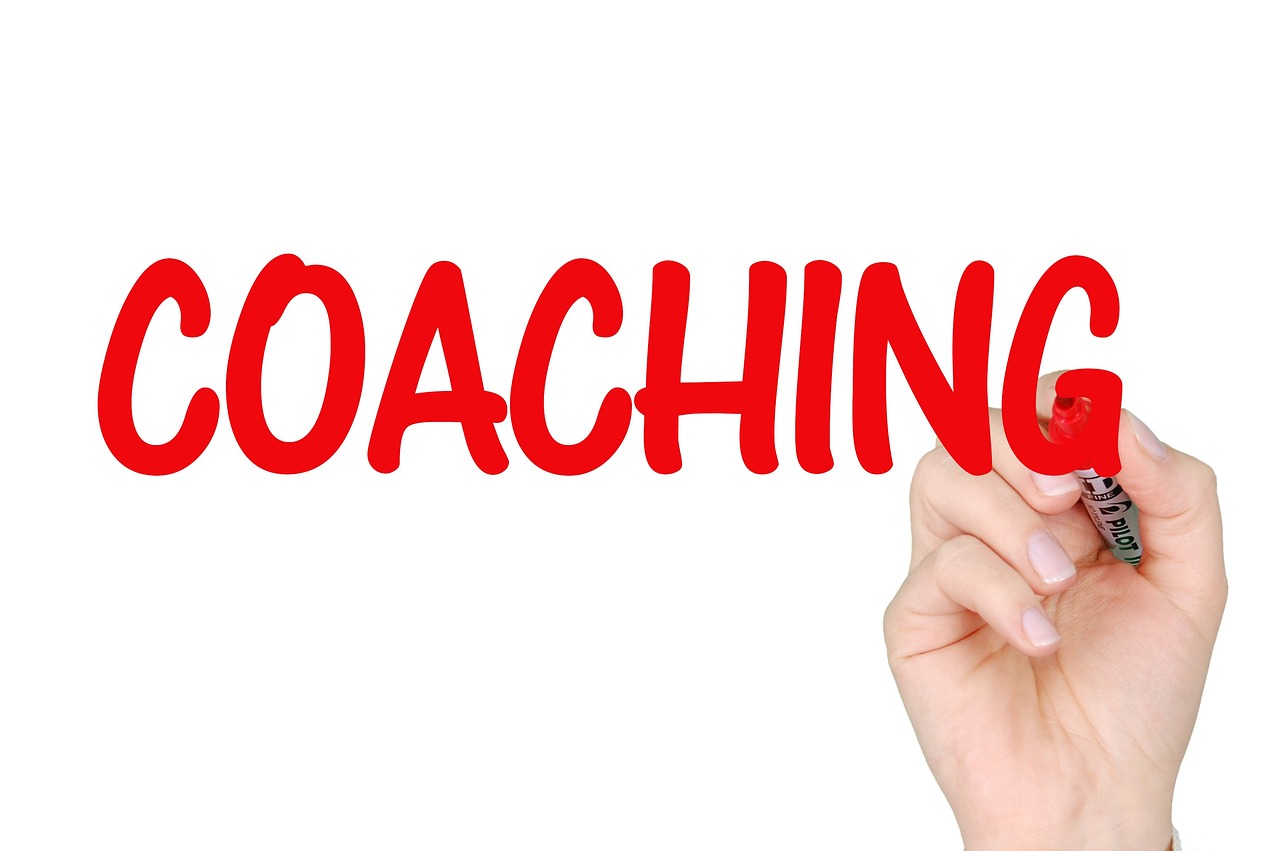Navigating Heartache: Insights from iRenata’s Guide on Healing
Heartache, an affliction as old as love itself, remains one of life’s most profound challenges. In the modern age, where social media amplifies every emotion and celebrity romances play out on public stages, navigating heartbreak can seem particularly daunting. iRenata’s Guide On Heartache offers valuable insights into the complexities of healing from emotional pain, shedding light on why some individuals struggle to move past a broken heart.
Grief, the natural response to loss, lies at the core of heartache. Whether triggered by the end of a romantic relationship, the death of a loved one, or any significant emotional upheaval, grief manifests in various forms. Denial, anger, bargaining, depression, and acceptance—the stages of grief identified by psychiatrist Elisabeth Kübler-Ross—provide a framework for understanding the tumultuous journey of healing.
iRenata, renowned for her candid exploration of personal struggles, delves into the depths of heartache with empathy and clarity. Drawing from her own experiences and those of her followers, she highlights the pervasive nature of grief and the importance of embracing it as a vital step toward healing. Through introspection and self-compassion, iRenata advocates for confronting painful emotions rather than suppressing them—a message that resonates deeply with her audience.
For celebrities, navigating heartache under the relentless scrutiny of the media adds a layer of complexity. Every twist and turn of their romantic lives become fodder for tabloids and gossip columns, amplifying both the intensity of their emotions and the pressure to appear composed. While fame may offer access to resources and support, it also exposes individuals to heightened public scrutiny and unrealistic expectations.
The perceived invulnerability of celebrities often obscures the reality of their emotional struggles. Behind the glamorous facade lies a person grappling with the same heartache and uncertainty as anyone else. Yet, the public’s insatiable appetite for drama can perpetuate a cycle of pain, making it challenging for celebrities to heal authentically and privately.
iRenata’s Guide On Heartache serves as a beacon of hope for those navigating the treacherous waters of emotional turmoil, reminding readers that healing is a deeply personal journey. Through self-reflection, connection with others, and a willingness to embrace vulnerability, individuals can emerge from heartache with newfound strength and resilience.
Ultimately, iRenata’s wisdom reminds us that healing from heartache is not a linear process but rather a series of twists and turns, setbacks and breakthroughs. By honoring our emotions, seeking support when needed, and holding space for ourselves with compassion, we can gradually mend the shattered pieces of our hearts and rediscover the capacity to love and be loved once more.
Overcoming Heartache
Overcoming heartache is a deeply personal journey that requires time, patience, and self-compassion.
Here are some steps to navigate the healing process:
- Acknowledge Your Grief: Recognize that heartache often involves grieving the loss of a relationship, a dream, or an expectation. Allow yourself to experience the full range of emotions associated with grief, including denial, anger, sadness, and acceptance.
- Lean into Your Emotions: Instead of suppressing or ignoring your feelings, permit yourself to feel them fully. Journaling, talking to a trusted friend or therapist, or engaging in creative outlets like art or music can help you healthily process your emotions.
- Practice Self-Care: Focus on nurturing yourself both physically and emotionally. Prioritize activities that bring you joy and relaxation, such as exercise, meditation, spending time in nature, or indulging in hobbies you love.
- Set Boundaries: If staying in contact with your ex-partner prolongs your pain, consider setting boundaries or taking a break from communication. Surround yourself with supportive people who uplift and encourage you during this challenging time.
- Reflect on Lessons Learned: Use this opportunity for self-reflection and growth. Consider what you’ve learned from the relationship and how you can apply those lessons to future connections. Identify your strengths and resilience, recognizing that you can overcome adversity.
- Seek Professional Support: If you find it difficult to cope with overwhelming emotions or if your heartache persists for an extended period, don’t hesitate to seek support from a therapist or counselor. Professional guidance can offer invaluable insights and tools to navigate the healing process.
- Practice Forgiveness: Whether directed toward yourself or your former partner, forgiveness can be a powerful catalyst for healing. Letting go of resentment and bitterness allows you to release emotional weight and move forward with greater peace and clarity.
- Focus on the Present Moment: Instead of dwelling on the past or worrying about the future, practice mindfulness and focus on the present moment. Engage in activities that bring you fulfillment and purpose, allowing yourself to savor the simple joys of everyday life.
- Rediscover Your Identity: Use this transitional period to reconnect with yourself and explore your passions, interests, and goals. Invest in self-discovery and self-improvement, reclaiming your sense of identity and autonomy outside of the relationship.
- Stay Open to Love: While healing from heartache takes time, it’s essential to remain open to the possibility of love in the future. Cultivate a mindset of optimism and hope, trusting that new connections and opportunities for happiness will emerge when the time is right.
By following these steps and honoring your unique journey, you can gradually overcome heartache and emerge from the experience with greater resilience, self-awareness, and capacity for love. Remember that healing is a gradual process, and it’s okay to seek support and guidance along the way.
Understanding Grief: Navigating the Impact on Mental Health
Grief, a natural response to loss, encompasses a spectrum of emotions that can profoundly affect one’s mental health. Whether grappling with the death of a loved one, the end of a significant relationship, or any other form of loss, the experience of grief can be overwhelming and multifaceted. Understanding the intricate relationship between grief and mental health is crucial for navigating this challenging journey with compassion and resilience.
The Complexities of Grief
Grief is not a linear process but rather a complex and dynamic experience that unfolds uniquely for each individual. It encompasses a range of emotions, including sadness, anger, guilt, confusion, and profound longing. These emotions may ebb and flow over time, triggered by anniversaries, reminders, or unexpected waves of memory.
Furthermore, grief can manifest physically, leading to symptoms such as fatigue, insomnia, appetite changes, and even physical pain. The cognitive impact of grief may include difficulty concentrating, forgetfulness, and intrusive thoughts about the loss.
The Impact on Mental Health
The experience of grief can significantly impact mental health, exacerbating existing vulnerabilities or precipitating the onset of mental health conditions. Common mental health challenges associated with grief include:
Depression:
Grief and depression often coexist, with symptoms such as persistent sadness, hopelessness, loss of interest in activities, and feelings of worthlessness. While grief is a natural response to loss, clinical depression may require professional intervention to address.
Anxiety:
The uncertainty and upheaval of loss can fuel feelings of anxiety, leading to excessive worry, restlessness, irritability, and difficulty relaxing. Anxiety may be exacerbated by fears of further loss or an inability to control one’s circumstances.
Complicated Grief:
In some cases, grief may become prolonged and intense, evolving into complicated grief or prolonged grief disorder. Characterized by persistent longing and an inability to accept the reality of the loss, complicated grief can significantly impair daily functioning and quality of life.
Post-Traumatic Stress Disorder (PTSD):
Individuals who experience traumatic loss, such as sudden or violent deaths, may develop symptoms of PTSD, including intrusive memories, flashbacks, hypervigilance, and emotional numbness. Traumatic grief can complicate the grieving process and necessitate specialized treatment.
Navigating Grief and Mental Health Support
Navigating grief while prioritizing mental health requires a multifaceted approach that acknowledges the interconnectedness of emotional, physical, and psychological well-being. Some strategies for supporting mental health during grief include:
Seek Support:
Reach out to friends, family members, or support groups who can provide empathy, validation, and companionship during this challenging time. Professional counseling or therapy can offer additional support and guidance in navigating complex emotions.
Practice Self-Care:
Engage in self-care activities that nourish your body, mind, and spirit, such as exercise, healthy eating, adequate sleep, mindfulness meditation, and creative expression. Establishing routines and boundaries can provide stability and a sense of control amidst uncertainty.
Honor Your Feelings:
Allow yourself to feel and express a range of emotions without judgment or suppression. Journaling, artwork, or engaging in rituals or ceremonies can provide outlets for processing grief and honoring the memory of your loved one.
Set Realistic Expectations:
Recognize that grief is a unique and individual experience that unfolds at its own pace. Avoid comparing your grief journey to others or imposing unrealistic timelines for healing. Give yourself permission to grieve in your own way and seek professional help if needed.
Cultivate Meaning and Purpose:
Find meaning and purpose in your life by engaging in activities that align with your values and passions. Volunteering, pursuing hobbies, or connecting with community resources can foster a sense of belonging and contribute to your overall well-being.
Creative Catharsis: Healing a Broken Heart Through Artistic Expression
Heartbreak, a universal human experience, can leave us feeling shattered and adrift. In the wake of a fractured relationship, navigating the stormy seas of emotions can seem overwhelming. However, amidst the turmoil, there lies a beacon of hope: the transformative power of artistic expression. From journaling to songwriting and beyond, creative outlets offer solace, catharsis, and a path toward healing from heartache.
1. Journaling:
Journaling provides a safe space to explore and process the myriad emotions that accompany heartbreak. By putting pen to paper, individuals can articulate their thoughts, feelings, and reflections with honesty and clarity. Whether documenting cherished memories, expressing raw pain, or envisioning a future filled with hope, journaling offers a therapeutic outlet for processing grief and reclaiming agency amidst loss.
2. Songwriting:
Music has a unique ability to penetrate the depths of the soul, making songwriting a powerful tool for healing from heartache. Through lyrics and melody, individuals can channel their emotions into creative expression, transforming pain into art. Whether composing ballads of longing and loss or anthems of resilience and renewal, songwriting allows for catharsis, connection, and a sense of empowerment in the face of heartbreak.
3. Visual Art:
Artistic expression extends beyond words and music, encompassing a diverse array of visual mediums such as painting, drawing, and photography. Engaging in visual art can provide a tangible means of processing emotions, capturing fleeting moments of beauty, and finding meaning amidst chaos. Whether creating abstract representations of inner turmoil or serene landscapes that evoke a sense of peace, visual art offers a canvas for self-expression and healing.
4. Dance and Movement:
Movement has long been recognized as a powerful form of expression and release. Through dance, individuals can embody their emotions, moving through grief with fluidity and grace. Whether engaging in structured dance forms or spontaneous movement, dance offers a physical outlet for processing pain, releasing tension, and reconnecting with the body’s innate wisdom.
5. Poetry and Spoken Word:
Poetry and spoken word provide a poetic lens through which to explore the complexities of heartbreak. Through metaphor, rhythm, and imagery, individuals can distill their emotions into concise and evocative language. Whether performing spoken word pieces that speak truth to power or crafting haikus that capture fleeting moments of beauty, poetry offers a vehicle for self-expression, connection, and healing.
6. Collaborative Projects:
Engaging in collaborative artistic projects can foster connection, community, and mutual support in the aftermath of heartbreak. Whether participating in group art exhibitions, co-writing songs with fellow musicians, or joining creative writing workshops, collaborative endeavors offer a sense of camaraderie and shared purpose. By coming together to create art, individuals can find solace in solidarity and strength in vulnerability.
Conclusion
Grief is an inherently human experience that touches every aspect of our lives, including our mental health. By acknowledging the complexities of grief and prioritizing mental health support, individuals can navigate the journey of loss with resilience, compassion, and hope. Remember that healing is a gradual process, and it’s okay to seek help along the way. Together, we can honor the legacy of our loved ones and cultivate a future filled with meaning, connection, and renewed vitality.
In the aftermath of heartbreak, the journey toward healing is often nonlinear and unpredictable. Yet, amidst the pain and uncertainty, there exists a reservoir of creativity and resilience waiting to be tapped. Whether through journaling, songwriting, visual art, dance, poetry, or collaborative projects, artistic expression offers a lifeline—a means of transforming suffering into beauty, finding meaning amidst chaos, and reclaiming agency in the face of loss. By embracing creativity as a tool for healing, individuals can navigate the tumultuous waters of heartbreak with courage, grace, and a renewed sense of hope.
I watched the Grammy Awards the other day and the artist won her first Grammy Award and had a dig at her ex. If I could roll back time I should have done something along those lines instead of being blubbering mess, but I guess writing about it some forty years later I guess it still hurts, so people saying to get over it, sometimes it is not that easy. I forgave him many years ago, yet I never forgot how much he hurt me, so I was amazed that people in the newspaper comments section, Mail Online left nasty comments. Was Miley Cyrus taking a swipe at ex-husband Liam Hemsworth during her Flowers performance at the Grammys? Fans go wild over star’s ad-lib lyrics | Daily Mail Online I truly believe the world is an evil place and I did my best to defend her corner even though I do not know her and she does not know me, but I found her performance amazing and I am now one of her fans on Instagram seeing I loved her song but did not know who sang it until now.
Grief can affect people in different ways and being mean in comments or doing a thumbs down, can become personal and you do not know what the person is going through when you write derogatory comments or dislike what they say, there could be consequences to your actions.
#heartbreak #heartache #grief #coping #selfhelp #journaling #songwriting #visualart #arttherapy #mentalhealth #depression #anxiety #ptsd #sadness #poetry #writing #forgiveness






















